Across Asia, Lunar New Year is a time of celebration with family and loved ones — a particularly resonant theme in recent years. With this focus on the idea of communal celebration, especially in China, where the holiday is sometimes also called the Spring Festival, how the home is decorated and cleaned is a crucial part of the traditional preparations.
Although Asian countries and regions differ in variations on how they recognize the Lunar New Year, the celebrations around Chinese New Year, beginning this year on January 22nd, 2023, are particularly vibrant. Even as some traditions, such as fireworks, have been changing in recent years, Chinese New Year decorations are rooted in specific symbols and meanings that imbue them with great significance. Let’s take a look at some of the more common items displayed around this holiday and the symbolism behind each one.
*Note: All Chinese names in this article are English phonetic translations of the Cantonese terms and may vary in terms of spelling
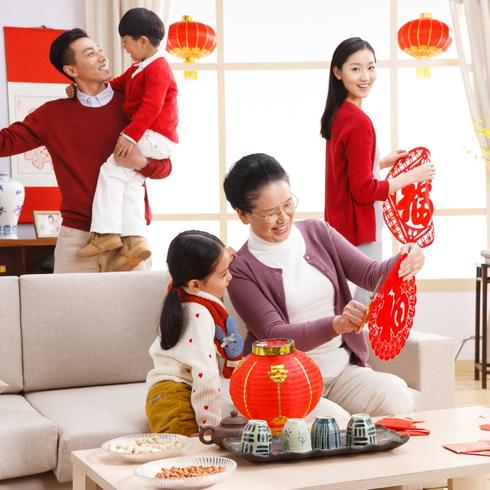
A Clean Home
Since Chinese New Year begins with a large reunion meal (tuan nian) to gather family from far and wide at home the night before, it is traditional to start the year off with a clean house. Chores such as sweeping in particular symbolize ridding the home of the previous year’s bad luck, and should be avoided during the first few days of the new year in order to avoid purging good fortune as well. Activities such as work, cooking and even haircuts are meant to be avoided.
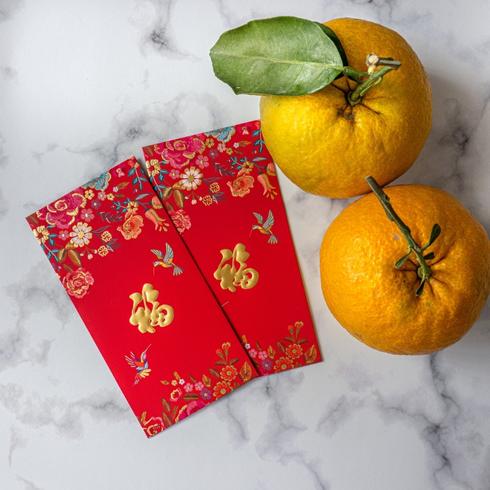
Red Packets
The colour red is an auspicious one in Chinese culture, representing good luck and often appears in decorations, clothing and gifts. A Chinese New Year tradition is to distribute red packages (lai see) from elders or married couples to children. These packets are given in pairs containing equal amounts of paper money (preferably clean, crisp bills) and are available at Chinese grocery stores and some banks in the lead up to the new year.
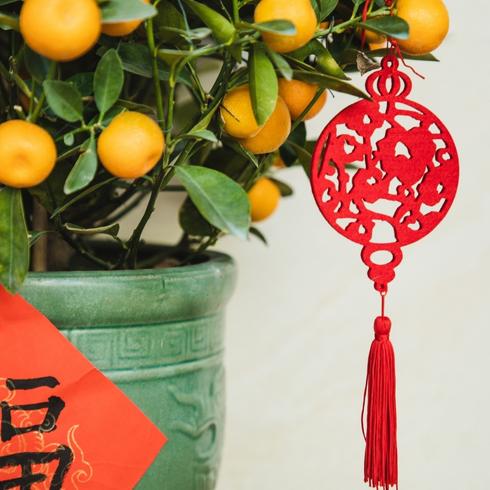
Fruit Trees
Fruit trees, especially kumquats, are prized for Chinese New Year, as the name in Cantonese (gam gat sue) is reminiscent of the words for gold and good luck. Chinese symbolism is often derived from similar wordplay or homonyms (such as the association between the number eight, baht, and prosperity, for example), or from an object’s shape or colour, such as the kumquat’s golden hue and round shape resembling coins.

The New Year’s Animal
Around the start of each new year, representations of the next year’s animal start creeping into place. The calendar revolves on a 12-year cycle, with a different animal symbolizing each year and bestowing certain characteristics upon those born within that year. In 2023, the rabbit hops onto paper cuttings, figurines, pictures and even plush toys for children.

Flowering Plants
Flowers, such as orchids, are particularly popular during the Lunar New Year due to their associations with fertility. Blooming plants such as peonies are also much prized, both for their reddish hue and the symbolizing of prosperity.
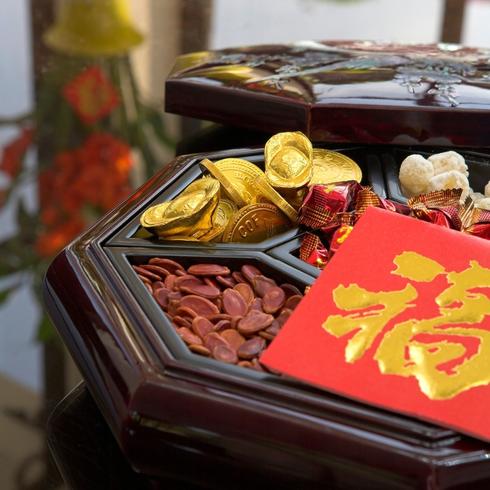
A Candy Tray
On the first day of the new year, families visit older relatives to visit and pay their respects (bai nian). It’s customary to serve a selection of eight candies or sweets arranged on a Tray of Togetherness, which can contain family favourites including hard candies, chocolate (especially gold wrapped coins), candied or roasted lotus seeds or root, and nuts. Each of these sweets have individual meanings and are symbols of prosperity, longevity and the sweetness of life.
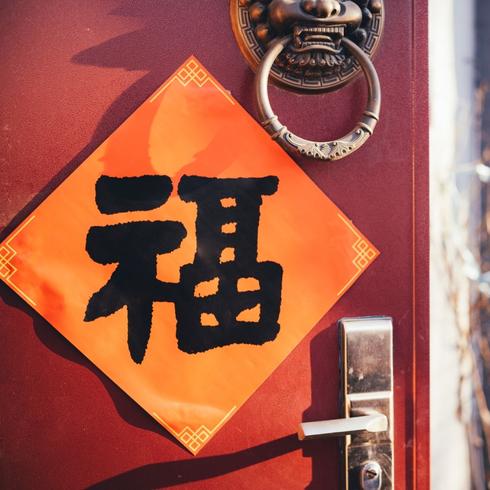
Door Hangings
Elaborately decorated and written symbols are often printed in raised gold and hung on the doors to the home. Popular symbols include fu, meaning happiness or good fortune, and are displayed on diamond shaped paper and sometimes hung upside down as a pun.

Oranges
Citrus fruit, especially oranges and tangerines, are prominent decorations at Chinese New Year, either stacked in a pyramid on display or brought on a bai nian visit (never in fours, which is a number associated with death). The origins of this tradition stem once again from wordplay, as the name for tangerines sounds similar to the one for gold.
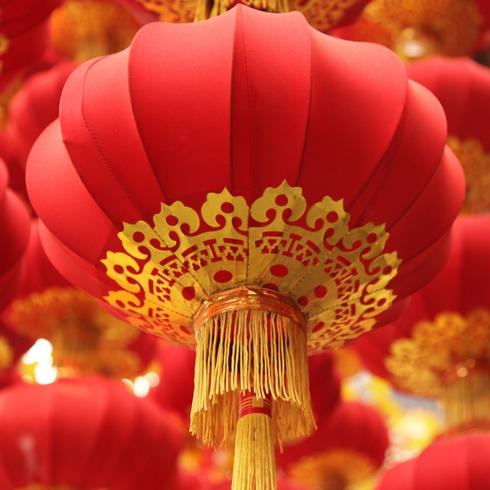
Paper Lanterns
The Lantern Festival marks the end of the two weeks of festivities, where red paper lanterns are hung, sometimes in pairs, on doors, trees and other areas outside in a centuries-old tradition. These lanterns are sometimes inscribed with riddles for children to puzzle over during the festivities. To celebrate, families gather once more around the table to eat sweet dumplings known as tong yuen, made with glutinous rice flour and stuffed with red bean or black sesame paste.
\
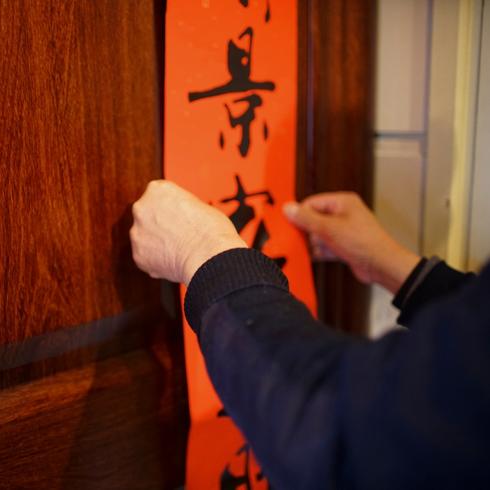
Couplets
Black inked couplets on red paper are carefully composed, often symmetrical or related poems hung on either side of the door expressing wishes for a better year. Traditions guide how these couplets are composed, hung or pasted, and even how long they stay up, and the structure is very formalized, including a four character horizontal panel above the door.
Home Network your inbox.
By clicking "SIGN UP” you agree to receive emails from Home Network and accept Corus' Terms of Use and Corus' Privacy Policy.




